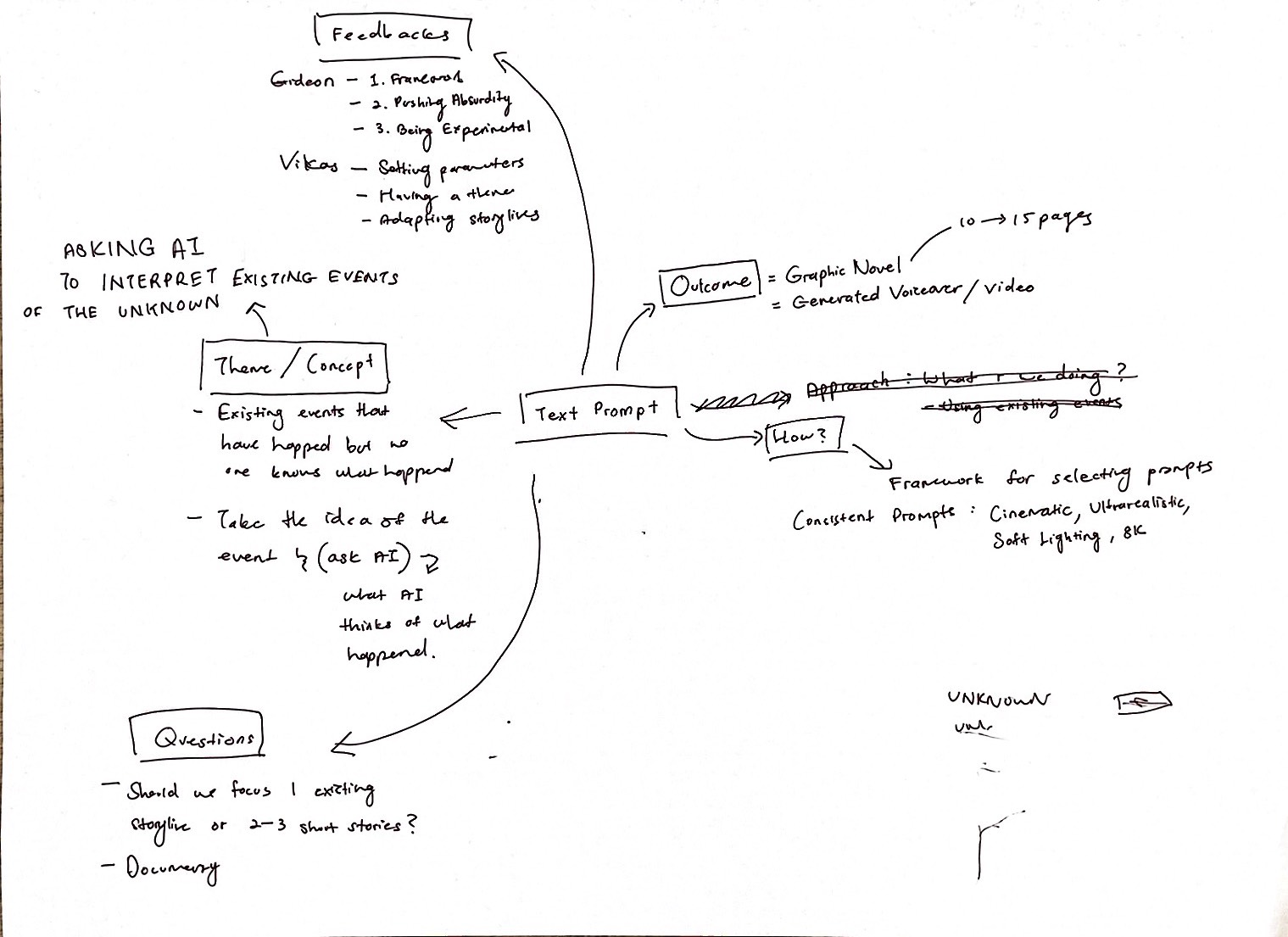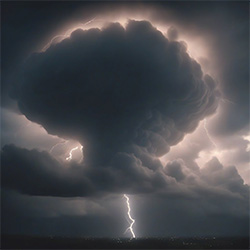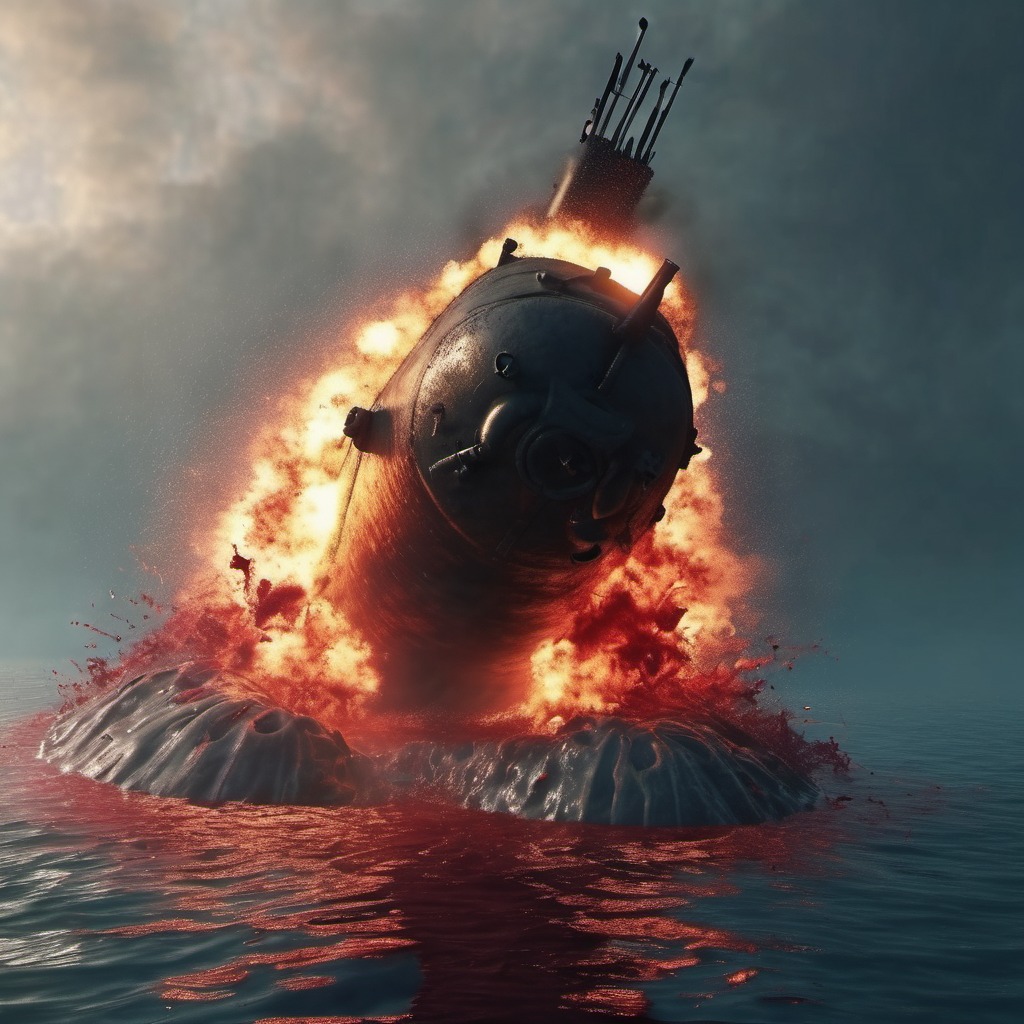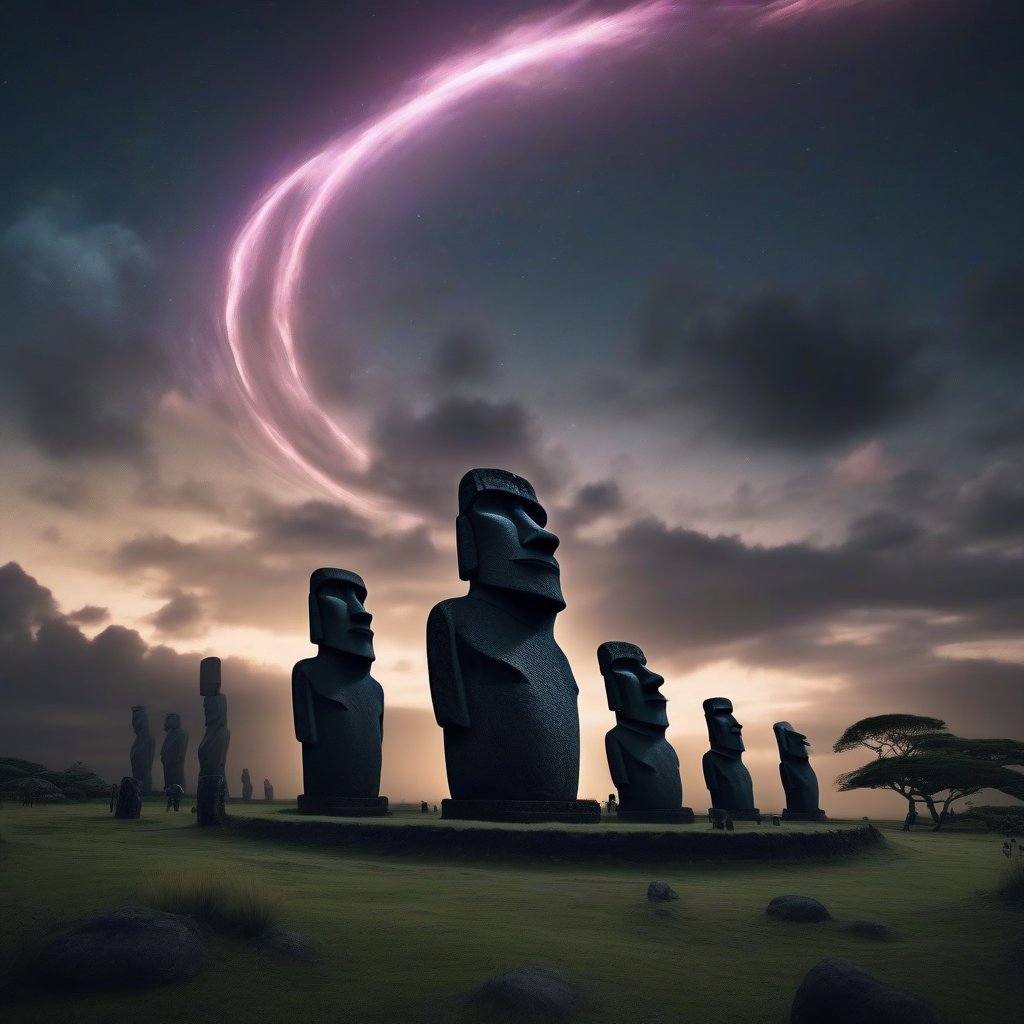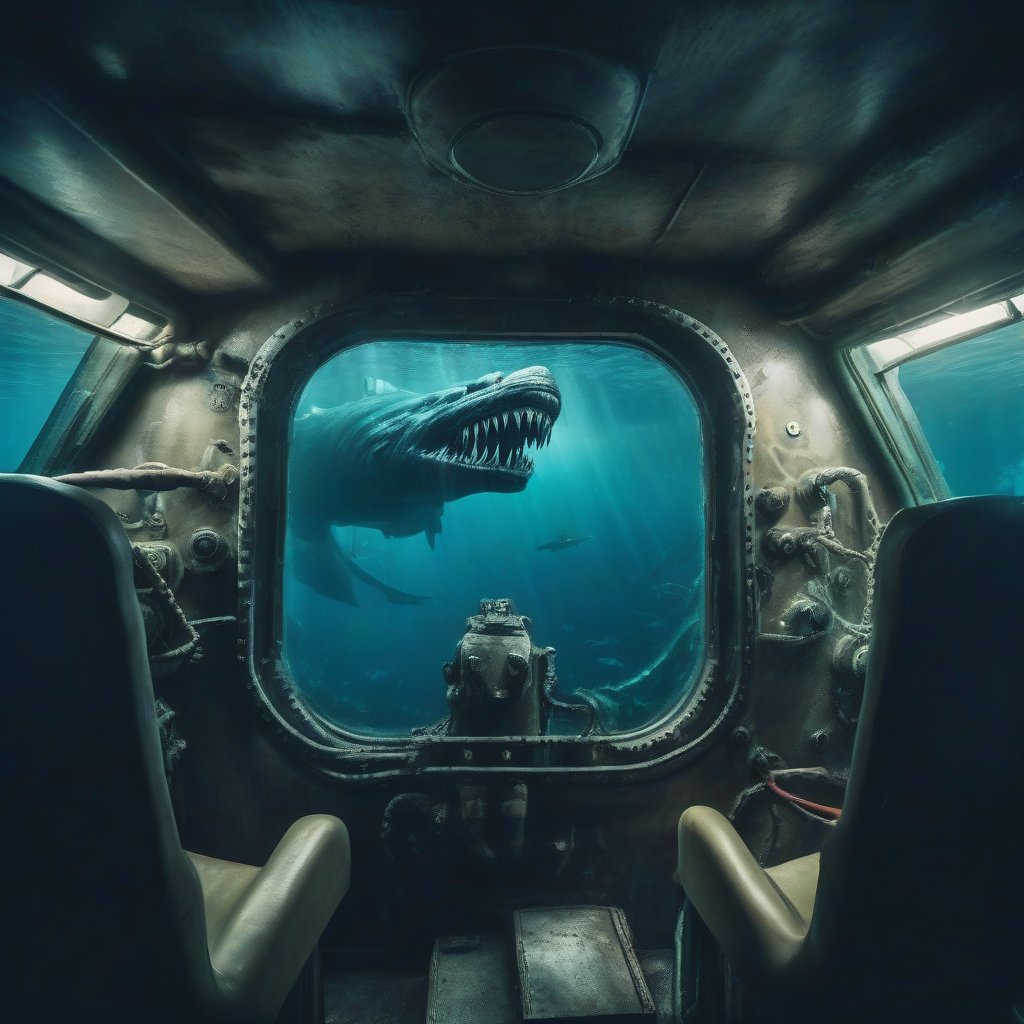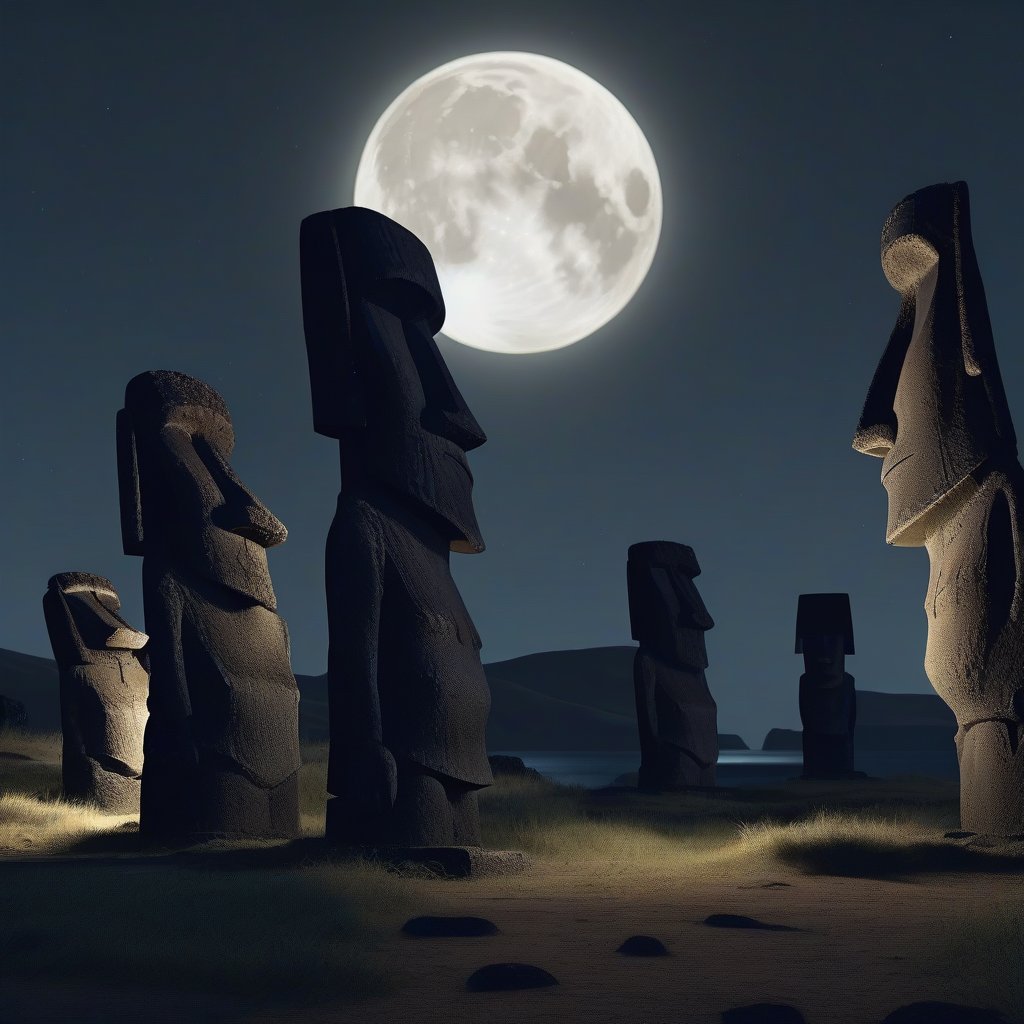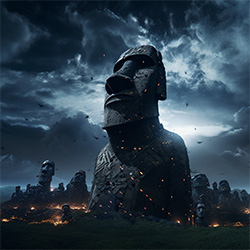
Findings
The brief we have chosen to do for this project is TextPrompt. Prompting is how humans can talk to AIs. It is a way to tell AI what we want and how you want it, usually done with words.
Our project focuses on using AI to interpret and visualise the unknown. We chose to create a graphic novel, with its storyline and images being entirely AI generated. By using text-to-image and text-to-text softwares such as ChatGPT: to generate a storyline and textprompts and Stable Diffusion/MidJourney: to generate the images.
We chose this brief to focus on as TextPrompt is something we have all not touched on before and we wanted to experiment with something new. AI is especially prominent in today's context so we found it extremly relevant to try it out in our project and explore the possibilities of AI.
We were inspired by people using AI to generate things like the interior design of a space, absurd imagery, UX/UI design. By using AI, we wanted to have fun with it, while trying out something out of our comfort zone.
We chose 3 different events that all have unexplained situations/ conclusions surrounding it.
The events are:
Amelia Earhart and Fred Noonan's Disappearnace
The Titan Submersible Disaster
The Moai Statues of Easter Island
Insights we gained
Our project aims to create a fully AI-generated graphic novel that explores the creative synergy between technology and artistic expression.
Upon researching visuals created by AI, we found that it has remarkable potential in producing visual art and narratives, making it a compelling subject for exploration within the graphic novel genre.
We specifically chose to do a graphic novel as they often delve into complex narratives, emotions, and thought-provoking themes. By using the power of AI, we intend to investigate the extent to which technology can generate narratives that resonate with readers on a human level, touching on the essence of what makes a story truly compelling.
Design decisions
In order to create a graphic novel, we referred to a few comic books Vikas recommended us to reference from. For example, HellBoy by Mike Mignola, and Liquid City by various artists. We used those references to determine our book size, layout inspirations and text size. Since each of us were focusing on creating one story each, Liquid City was a good example to refer to as we could see the difference of layout and design between the different artists.
We played around with different layouts for each of our stories and tried to standardise a few things across the 3 stories. Our book size is B5, following the standard comic book size, using the font AnimeAce2 Regular with a 8pt font size. We used a black background as well to make our photos pop more.
Challenges
Some challenges we faced initially was getting a proper image we wanted through the textprompt. Since we all were not familiar with using textprompt, we had to do research and experiment different ways we could make our images consistent throughout the whole storyline. In order to do this we came up with a standard framework which ended up working well for us! We used the framework in generating the storyline and the images. We also realised that trying to generate human faces in AI is not very accurate most of the time so we tried to avoid humans in our story. Even if we used humans, we made sure to only use only back and side profiles.
Feedback
Week 10: Vikas advised us to reference storylines from various shows such as Black Mirror, Tales from the Loop. Have familiar but unrealistic scenarios/situations happen in the story, much like the storyline of the shows mentioned.
Week 11: Vikas asked us to keep the style consistent throughout our stories so there is a sense of cohesiveness in it. To do this we can set parameters for our story in the textprompt. Be more experimental in our storyline and images.
Week 12: Consulted Vikas with a few pages of each story. He said we should make sure to standardise everything throughout the story, for example, the book size, font size, background colour and the book border/margin size.
Week 13: We asked our peers for some feedback regarding our book. Some things that were great is that the images look consistent throughout each story, the images are very clear and interesting, we can change up the cover page for each story by using different fonts and colours.
Achievements
We were delighted with our results as we went through a lot of trial and error to generate the images we want. Despite that, we enjoyed making use of AI to create visuals and stories and we were amazed by the capabilities of AI and how different the images were across different text-to-image softwares. Seeing how AI is able to try and replicate human works was eye-opening due to the complexity and detail in each image. The final results actually looked like a proper graphic novel where each story was unique as it was made and put together by each of us.
